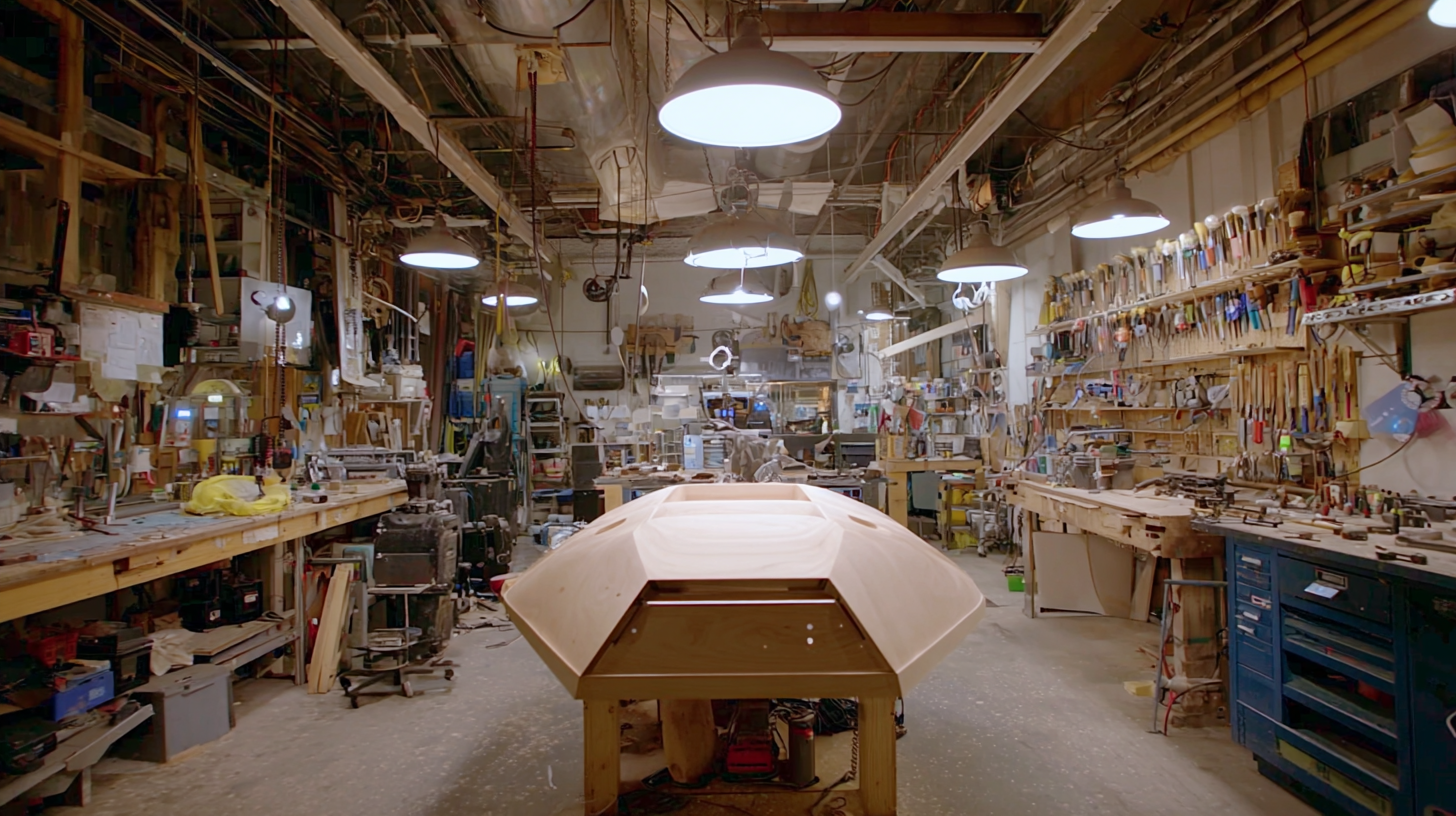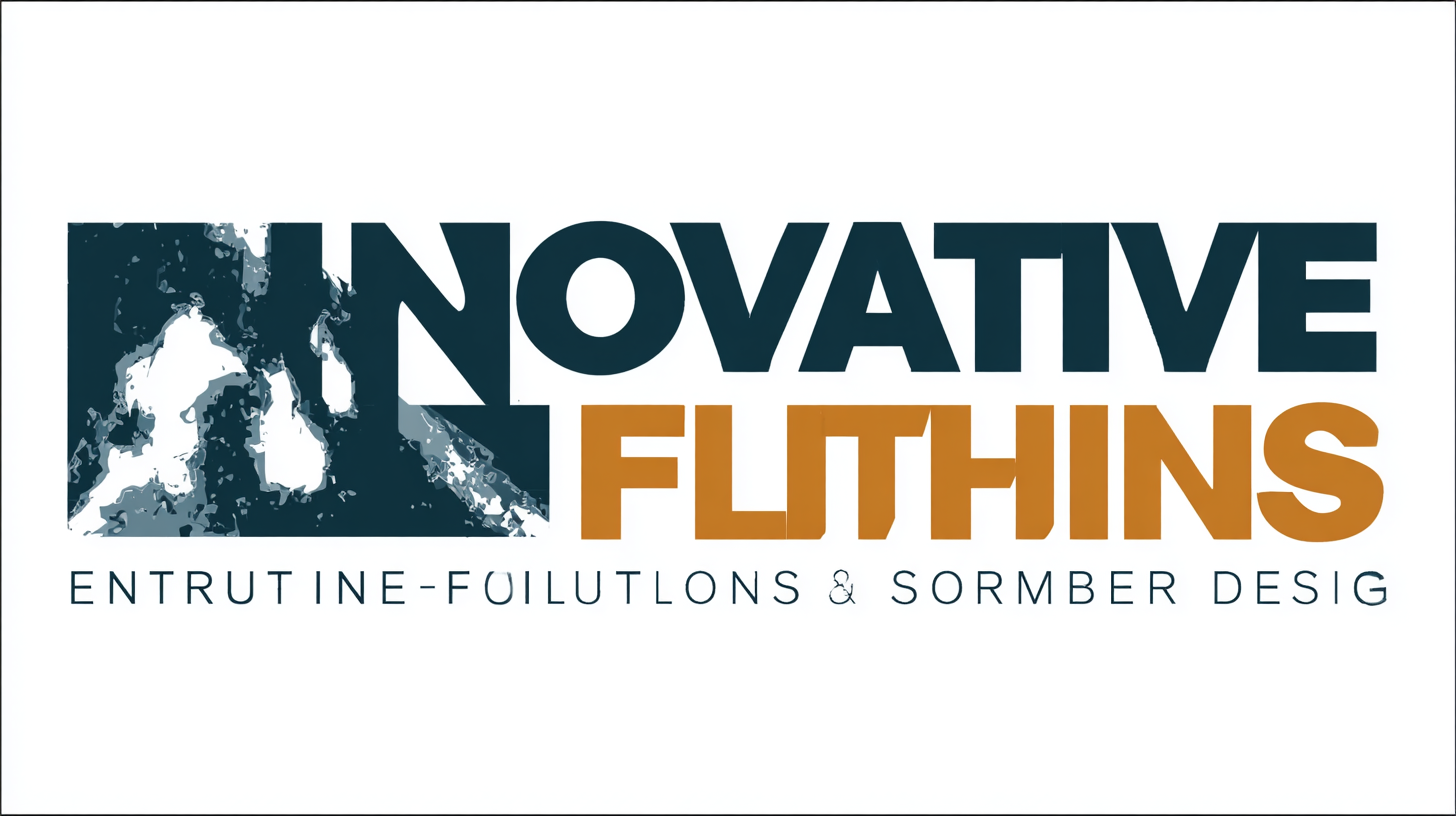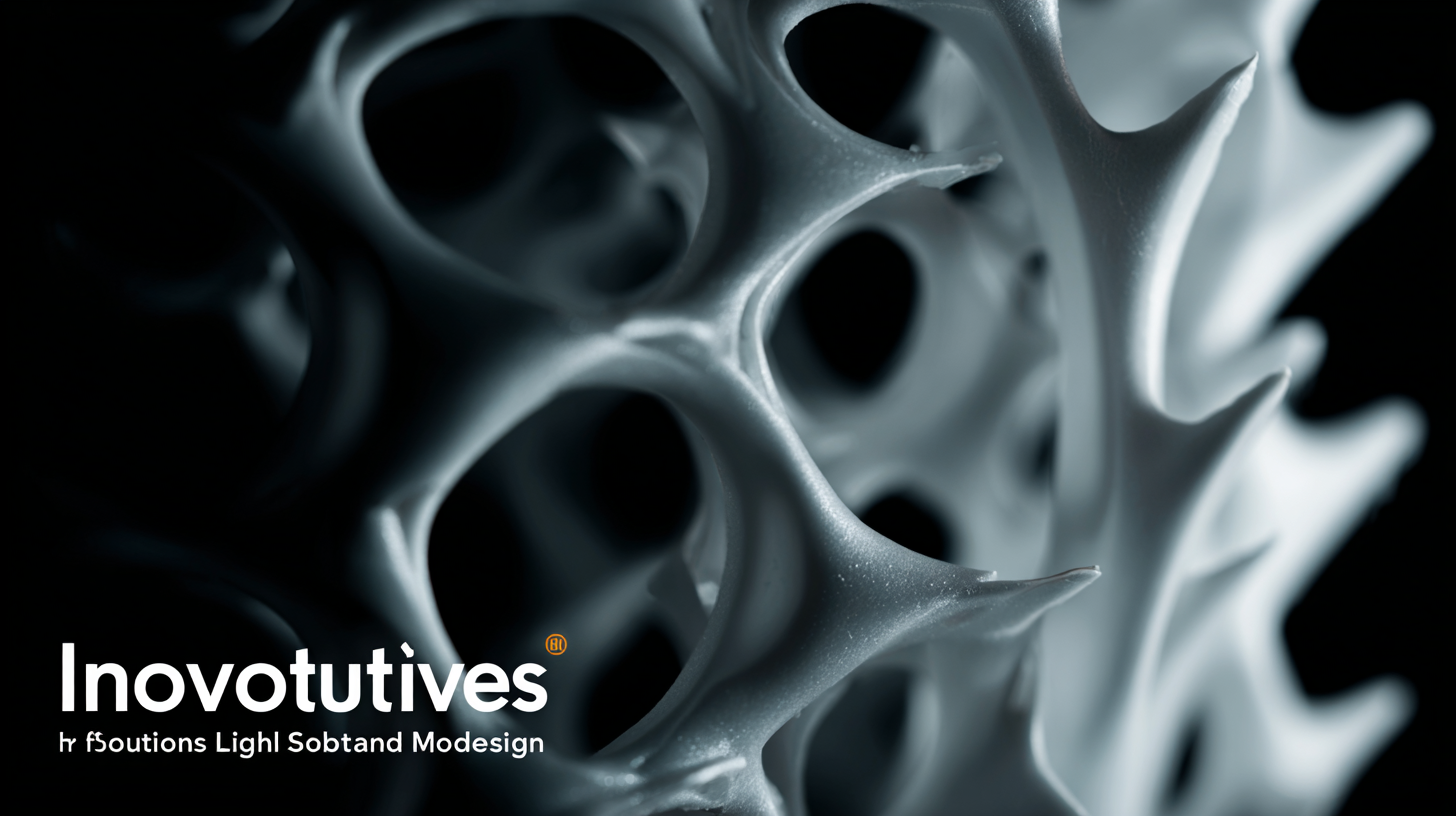
Innovative Solutions for Efficient Lighting Fixtures Mold Design
In recent years, the demand for innovative lighting solutions has surged, driven by a global shift towards energy efficiency and sustainability. According to a report by Allied Market Research, the global market for lighting fixtures is projected to reach $235 billion by 2024, growing at a compound annual growth rate (CAGR) of 6.4% from 2018 to 2024. A significant aspect of this growth is the evolution of Lighting Fixtures Mold technology, which is crucial for enhancing production efficiency and reducing waste. With advancements in digital technology and the rise of top-type molds, manufacturers can now achieve greater precision in design and faster turnaround times. This blog explores the latest strategies and innovations in lighting fixtures mold design, focusing on how these developments can meet the increasing demands of the market while contributing to environmental sustainability.

Innovative Mold Design Techniques for Lighting Fixtures
Innovative mold design techniques play a crucial role in the development of efficient lighting fixtures. As the demand for energy-efficient and aesthetically pleasing lighting solutions continues to rise, manufacturers are turning to advanced mold design strategies to optimize the production process. These techniques not only enhance the quality of the final product but also reduce manufacturing costs and time.
One such innovative approach is the integration of simulation software in the mold design process. By utilizing tools that model the flow of materials and predict potential issues, designers can create more efficient molds that minimize waste and improve the consistency of the lighting fixture’s finish. Additionally, the use of materials with superior thermal properties ensures that the fixtures can handle higher energy outputs without compromising safety or performance.
Furthermore, leveraging modular mold designs allows for greater flexibility in production. This adaptability enables manufacturers to quickly modify or produce different fixture types without the need for completely new molds, streamlining the process and fostering creativity in designing unique lighting solutions. As technology continues to evolve, these innovative mold design techniques will undoubtedly lead to even more advancements in the lighting industry.
Integration of Advanced Materials in Lighting Fixture Production
The integration of advanced materials in lighting fixture production is revolutionizing the industry, leading to more efficient designs and improved sustainability.
Recent market analyses have shown that the use of materials like polycarbonate and aluminum can reduce manufacturing costs by up to 20% while enhancing the durability and aesthetic appeal of lighting fixtures. These innovative materials not only lighten the fixtures but also provide better thermal management, boosting energy efficiency in both residential and commercial settings.
Tip: When selecting materials for lighting fixture design, consider factors such as weight, thermal conductivity, and cost-effectiveness. Advanced composites can deliver superior performance while streamlining the production process, potentially reducing lead times.
Additionally, adopting smart materials that respond to environmental changes is gaining traction. For instance, the implementation of photochromic and thermochromic materials in lighting fixtures allows for adaptive lighting solutions that adjust based on natural light availability and temperature, leading to energy savings of up to 30%. This shift reflects a growing consumer demand for eco-friendly and energy-efficient products.
Tip: Collaborate with material scientists during the design process to explore new compounds that could enhance product functionality and performance, ensuring your designs stay ahead in the competitive lighting industry.
Case Studies: Successful Chinese Lighting Manufacturers
In recent years, Chinese lighting manufacturers have made significant strides in optimizing their mold design processes, resulting in innovative and efficient lighting fixtures. One notable case is the collaboration between a leading manufacturer and a local design firm that focused on streamlining the mold creation experience. By utilizing advanced 3D printing technologies, they reduced the lead time for prototypes, allowing for quicker adjustments and a more responsive design iteration process. This not only enhanced their product offerings but also provided them with a competitive edge in the rapidly evolving lighting market.
Another successful example involves a company specializing in smart lighting solutions. By investing in automated mold design software, they improved precision and consistency in their manufacturing processes. This transition not only minimized waste but also significantly cut production costs. The integration of smart technologies into mold design allowed them to produce fixtures that are not only aesthetically pleasing but also energy-efficient, catering to the growing demand for sustainable lighting options. These case studies reflect how innovative approaches to mold design are redefining the landscape of the lighting industry in China.

Future Trends in Efficient Lighting Design and Export
The future of efficient lighting design is bright, driven by advances in technology and sustainability. As consumer demands shift towards energy-efficient solutions, lighting designers are focusing on innovative materials and designs that reduce energy consumption while maximizing output. This trend not only promotes environmental responsibility but also aligns with global policies aimed at reducing carbon footprints. One key area of interest is the integration of smart technology, which allows for customizable lighting solutions that adapt to user preferences and needs.
Tip: When designing lighting fixtures, consider utilizing LED technologies and smart controls to enhance efficiency. These solutions not only lower energy costs but also extend the lifespan of lighting products, making them more appealing for export markets.
Moreover, the trend toward modular design is gaining momentum in the lighting industry. By creating components that can be easily assembled or disassembled, manufacturers can streamline production processes and reduce waste. This adaptability not only facilitates a quicker response to market demands but also caters to diverse consumer tastes.
Tip: To optimize your mold design for modular lighting fixtures, prioritize interlocking features that ensure components fit together smoothly, improving both functionality and aesthetics.
Sustainable Practices in Lighting Fixture Mold Manufacturing
The trend towards sustainability in lighting fixture mold manufacturing is gaining momentum as innovative materials and technologies emerge. One such advancement is the use of mycelium-based composites, which offer an eco-friendly alternative for various applications, including lighting fixtures. These bio-materials not only reduce waste but also provide unique aesthetic qualities that enhance design flexibility. As manufacturers embrace these sustainable practices, they are poised to revolutionize the industry by minimizing their carbon footprint and promoting circular economy principles.

Additionally, the integration of 3D printing technology into the lighting design process allows for unprecedented customization while maintaining environmentally responsible manufacturing. This method supports the creation of bespoke luminaires that align perfectly with the unique needs of consumers and designers alike. Utilizing agricultural waste, such as corn husks, also demonstrates how innovative approaches can significantly lessen environmental impact. By leveraging biogenic materials, including beeswax, the industry can push the boundaries of both design and sustainability, ushering in a new era of lighting fixtures that are not only functional but also ecologically sound.
